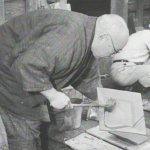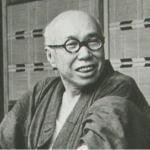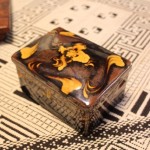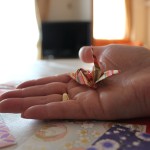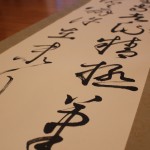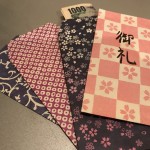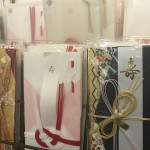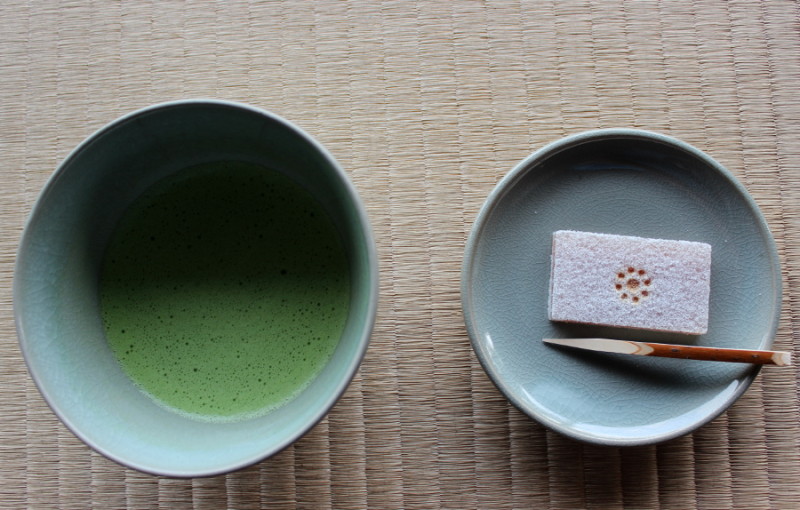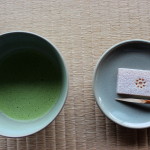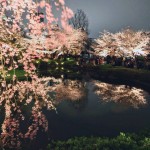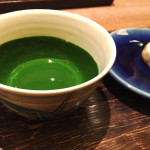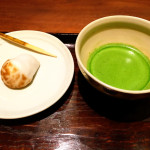Shoji Hamada studied in London and worried about his family and returned to Japan in 1924, after a big earthquake hit Kanto region including Tokyo in the previous year. He loved country life in England and learned a lot from it, which finally made him decide to settle down in Mashiko, a small pottery town 100 km northeast of Tokyo, after spending several winters in Okinawa and the rest of the years in Mashiko.
In 1930, he started to build his own house and pottery in Mashiko by relocating classical Japanese thatched-roofed houses, which you can still visit as a part of Mashiko Museum of Ceramic Art and Shoji Hamada Memorial Mashiko Sankokan Museum. In Read More

